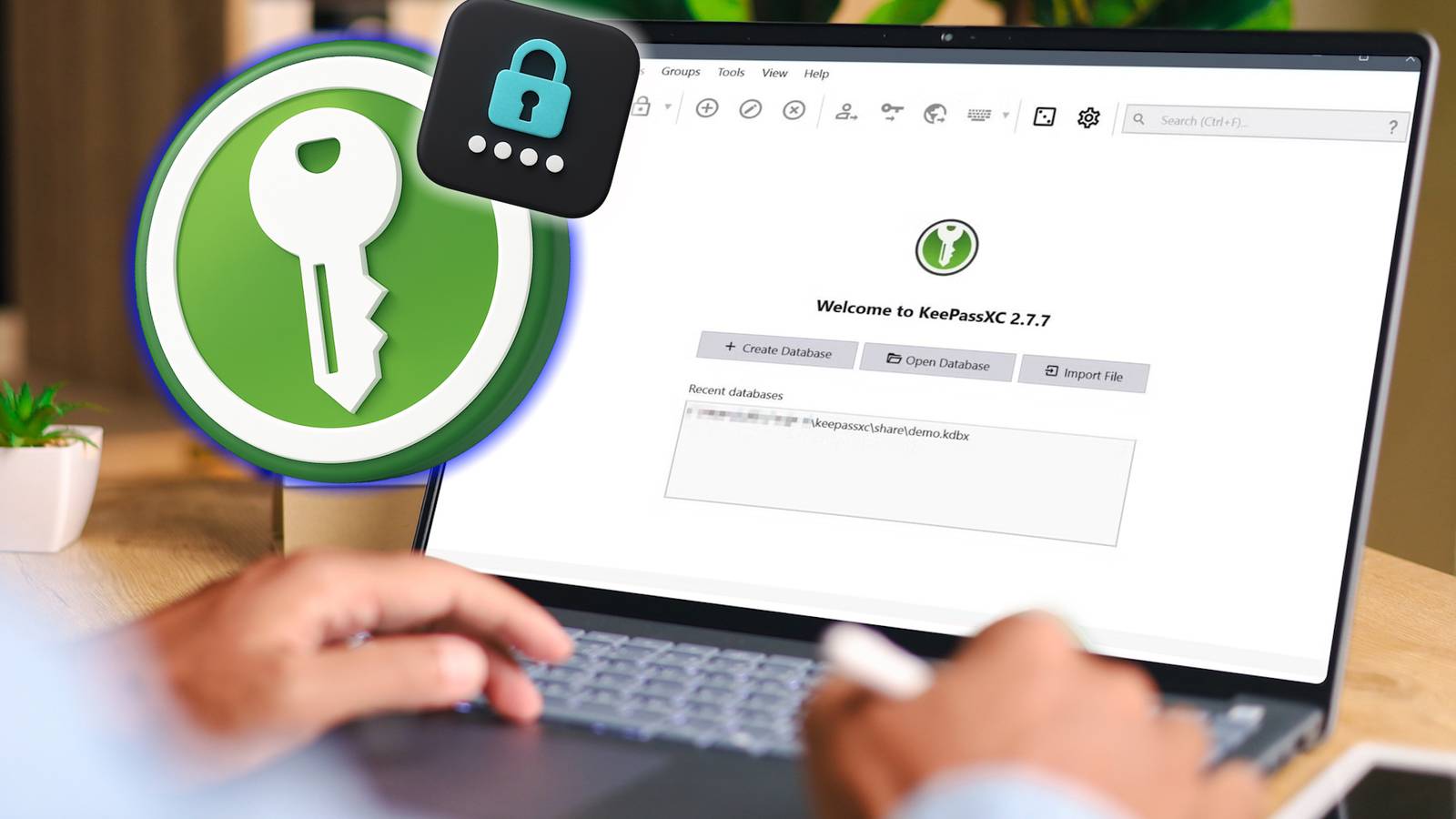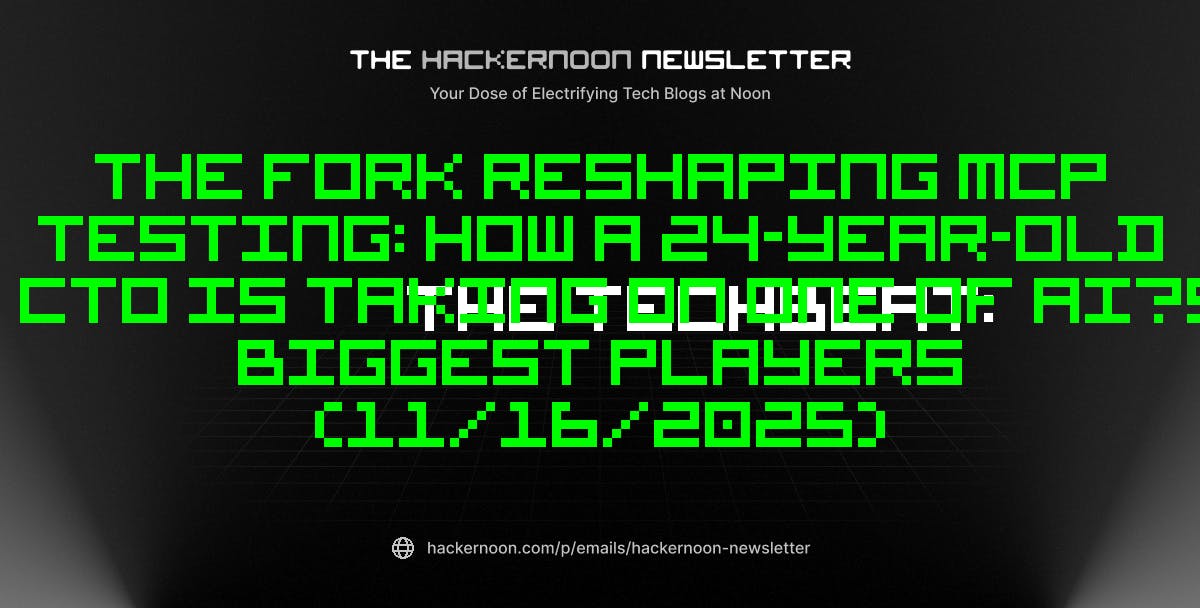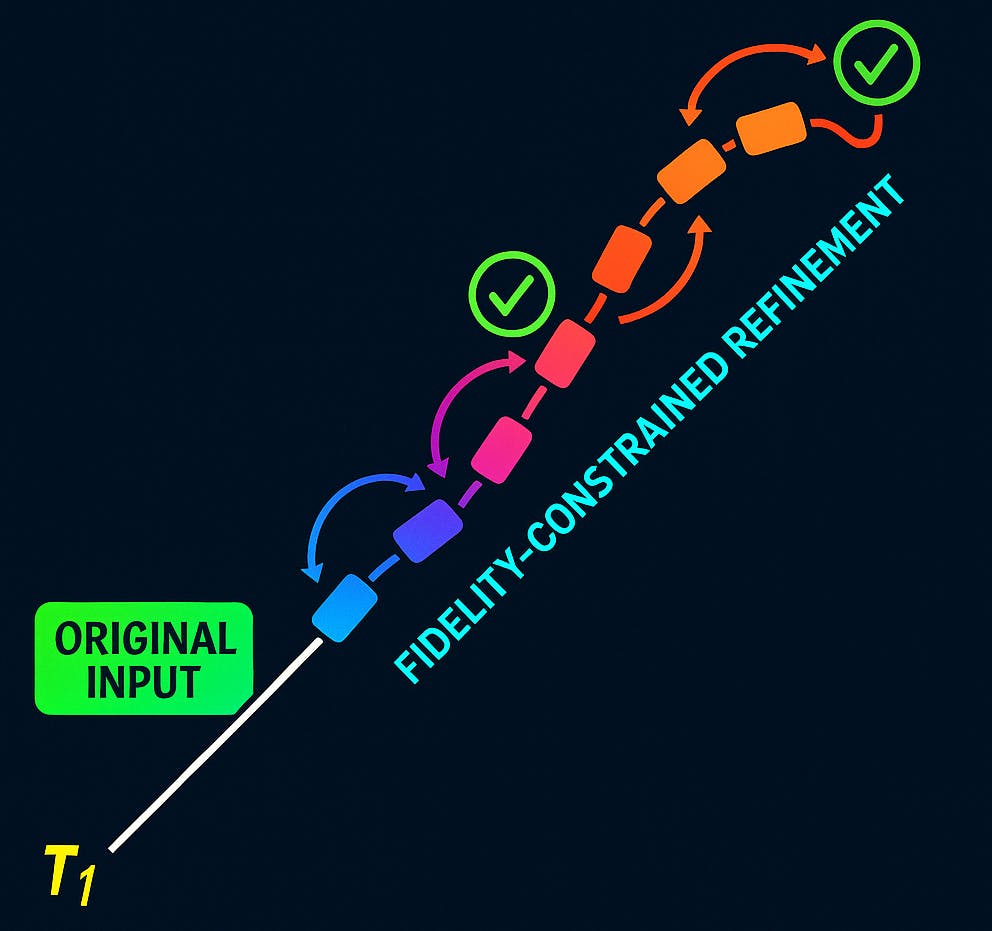Password managers are among the most important pieces of software anyone with a computer will need. I’ve been using them for as long as I can remember, but somehow I’ve always stuck to the mainstream cloud options: LastPass, 1Password, Dashlane, and Bitwarden. The debate between cloud-based and offline password managers is real. So out of curiosity, I switched to KeePassXC.
After several months of using this password manager, it’s safe to say I’m not going to be using cloud-based password managers anytime soon. It’s changed everything and given me a level of control and autonomy over my privacy that I’ve been craving for years.
Data control
Total control over where and how my data lives
With most mainstream password managers, you cede responsibility for how your data is managed. Your data usually sits on their servers. While data is always encrypted, trust has shifted to the password manager’s infrastructure.
However, an offline password manager is built around the principle that data remains with you on your computer, an external hard drive, or a USB drive. In the case of KeePassXC, your entire database is a .kdbx file, and you can store it wherever you please.
The clear distinction in this data control comes from how cloud and offline managers handle syncing. With cloud managers, I never really had to think about syncing. Somehow it just happened in the background. This is very convenient, but also means I have no say in how or where my vault goes. With KeePassXC, syncing started off as a daunting task. You have to save your .kdbx file on a third-party cloud service, and this is all done manually because KeePassXC doesn’t have a built-in syncing feature.
I had basically entered a world of inconvenience with the consolation that I knew exactly what was happening under the hood. I knew where my files are, how they’re encrypted, and the processes or routes needed to get them to other devices.
Offline reliability
The always-connected model is fragile
Cloud password managers require an internet connection. This happens because pings are sent when you log in using the mobile app or the web browser. The always-connected framework is great because your passwords are synced and updated in real-time.
However, the always online model comes at a cost. I’ve traveled to remote areas where internet connectivity is poor, and instantly, I’m cut off, locked out of apps and services because my password manager is unreachable.
One of the biggest changes was that, once I switched to KeePassXC, access no longer relied on the internet. You may be behind strict firewalls, on a train, or in a remote location, and you’ll still have total access to your database without application lockouts. This is what makes offline-first really shine.
Customization
Your password manager should fit your workflow
Cloud-based password managers typically have a more polished user experience. However, they seem very opinionated. Imports and exports are done their way. The same goes for categorization, autofill, and other essential features. This doesn’t allow for customization; you can’t change it to fit a specific workflow.
For people who value freedom, this is a big deal. Offline-first solutions like KeePassXC give you the flexibility to create your own setup. These may include custom fields, new plugins, portable installation options, or even scripts that help you integrate SSH agents.
For instance, I can set up custom fields for my two-factor backup codes. In 1Password, recovery codes were something I felt was buried and awkward to get, but creating a template in KeePassXC with the login, password, and a special field just for the 2FA backup codes solves it.
Trust is key
Open-source transparency trumps corporate promises
In 2022, major password manager LastPass suffered a major security breach. While the LastPass security blog spun the breach as a developer environment compromise, it eventually emerged that user password vaults could be brute-forced. It was probably the slowest and most PR-filtered reportage I’ve ever seen in an attempt to control the narrative, making it worse in the process.
This sequence reminded me that I can’t trust the corporate promises so often thrown around. KeePassXC’s model is open source and guarantees there isn’t a centralized service waiting to be breached. My vault file is encrypted and stored locally, and the only person I need to trust is me.
But in reality, what this means is that I don’t need to wait for the corporate PR spin after a breach. I depend on myself, and the only things that matter are my storage and hygiene practices.
Open source implies that code auditing doesn’t have to be internal but can be carried out by anyone with sufficient expertise. The community can spot issues, and there’s no corporate timeline to resolve them. This has given me a real shift in mindset. I stop thinking like the consumer and start thinking like the product owner — the custodian of my data’s security.
KeePassXC shifts password responsibility to you
There is a password manager for everyone. However, after several months of using the offline password manager, it has become clear that it’s not suitable for every kind of user. Some people need to be spoon-fed, and that’s fine. KeePassXC will push responsibility to you, and your mistakes may be costly, and you’ll have no one but yourself to blame. The offline password manager route is not the most convenient. So I guess the real question is how much of your convenience you’re willing to trade for real control?











